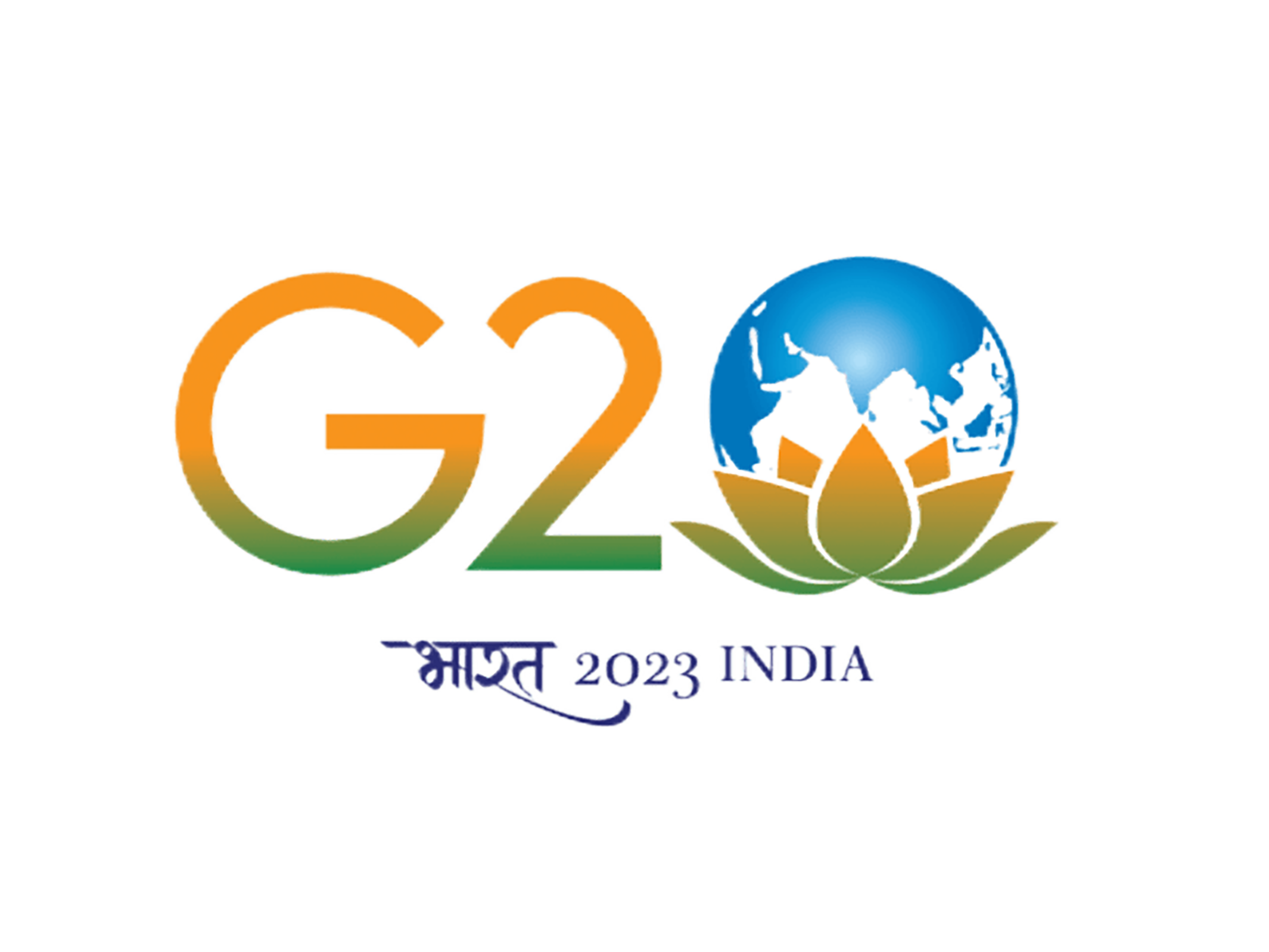ABOUT SATARA CITY
1. Geography: Satara is situated on the
Deccan Plateau and is surrounded by the Sahyadri mountain range. It is located
on the banks of the Krishna River.
2. Historical Significance: Satara has a
rich historical background. It was the seat of the Maratha Empire and served as
the capital of the Maratha kingdom under the reign of Chhatrapati Shivaji
Maharaj. The city has several historical monuments and forts that reflect its
association with the Maratha history.
3. Tourist Attractions:
• Ajinkyatara Fort: This historic fort
offers panoramic views of the surrounding landscape.
• Sajjangad: A prominent fort associated
with the saint Ramdas, who was the spiritual guru of Shivaji Maharaj.
• Kaas Plateau: Also known as the Kaas
Pathar, it is a UNESCO World Heritage Site and is famous for its seasonal
wildflower bloom.
4. Economy: Agriculture is a significant
part of Satara's economy, with the region being known for the production of
fruits like strawberries and mulberries. The city also has industrial areas
contributing to its economic development.
5. Education: Satara has educational
institutions, including schools, colleges, and a university. The city promotes
education and has contributed to the academic development of the region.
6. Transportation: Satara is
well-connected by road and has good transport links. The National Highway 48
passes through the city, connecting it to major cities like Pune and Bangalore.
The city also has a railway station.
7. Cultural Heritage: Satara has a vibrant
cultural scene with festivals, traditional music, and dance. The city
celebrates various festivals with enthusiasm, reflecting its cultural
diversity.
Overall, Satara
is a city with a blend of historical significance, natural beauty, and cultural
heritage. It attracts tourists and historians alike, offering a glimpse into
Maharashtra's rich past.
 Satara Website
Satara Website 





